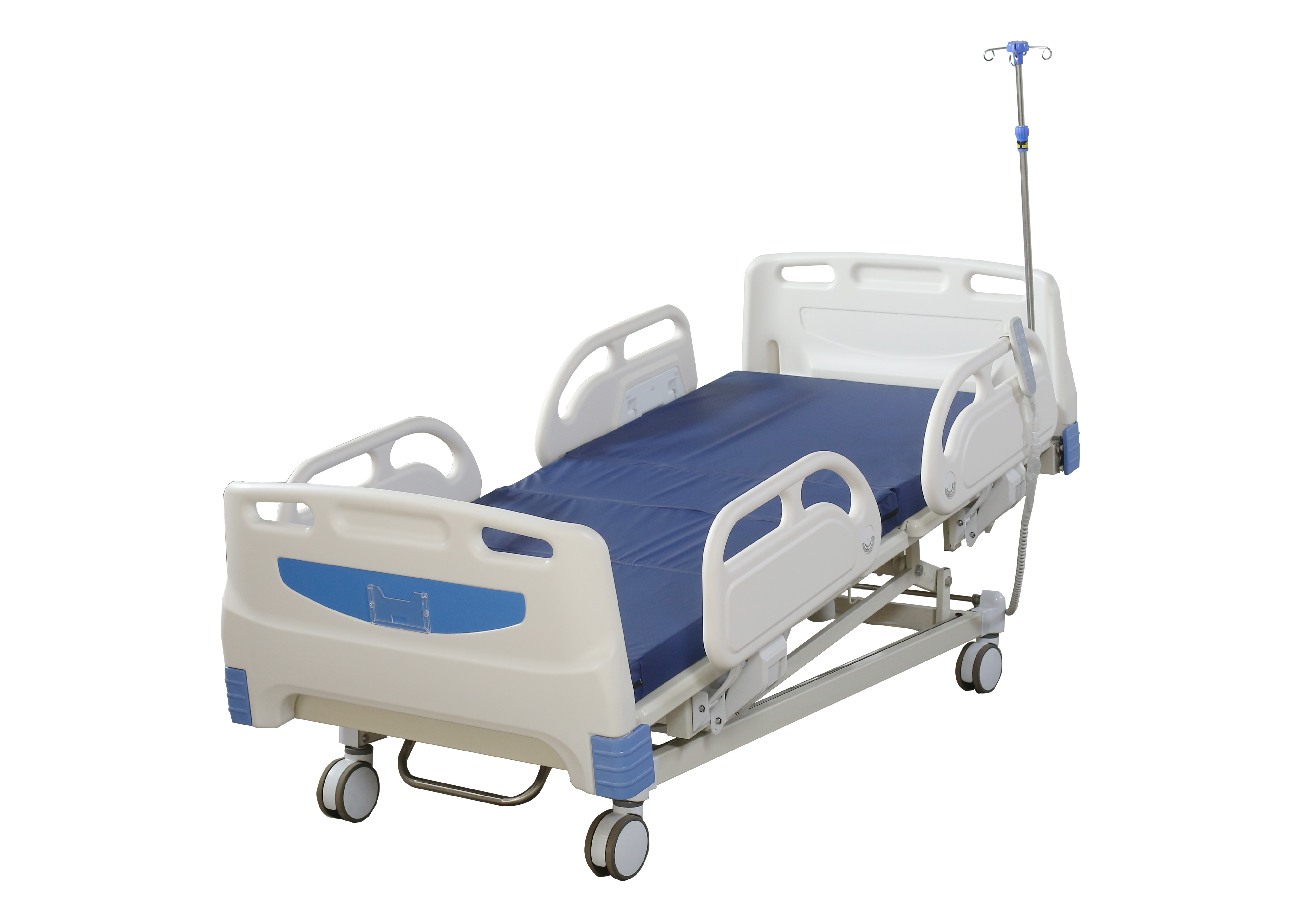Welcome to our websites!
physical therapy tools for balance
Physical Therapy Tools for Balance Enhancing Stability and Confidence
Balance is a fundamental aspect of human movement that affects our daily lives. Whether it's walking, standing, or participating in recreational activities, maintaining good balance is essential for overall functional independence, particularly as we age or recover from injuries. Physical therapy plays a crucial role in improving balance, and various tools and techniques are employed by therapists to enhance stability and confidence in their patients.
One of the primary tools used in physical therapy to improve balance is the balance board. A balance board is a flat platform that is mounted on a fulcrum or its own pivot point. Patients stand on the board and are challenged to maintain their stability while the board tilts and moves in various directions. This exercise engages the core muscles and improves proprioception, which is the body’s ability to sense its position in space. Balance boards come in different shapes and sizes, catering to various ability levels and balance challenges.
Another effective tool is the stability ball, also known as a Swiss ball. These inflatable balls are not only useful for improving core strength but also for enhancing balance. Therapists often incorporate stability balls into exercises to engage multiple muscle groups while promoting stability. Patients can perform activities such as sitting on the ball and trying to balance, which helps in developing the muscles around the ankle, knee, and hip—all essential for maintaining balance.
Resistance bands are simple yet powerful tools in physical therapy. They provide dynamic resistance during balance exercises, making them more challenging. For instance, a patient might stand on one leg while holding the resistance band anchored at the other end, pulling the band in various directions. This creates instability, forcing the patient to engage their stabilizing muscles. Resistance bands are versatile and can be adjusted in strength, allowing for progressive challenges as the patient improves.
physical therapy tools for balance

The use of proprioceptive training pads, such as Airex pads, is also prevalent in physical therapy settings. These pads provide an unstable surface for patients to stand or perform exercises on, helping to enhance balance and coordination. By challenging the body’s stability, these pads promote muscle engagement and enhance neuromuscular control, which is critical for preventing falls.
For those recovering from specific injuries or surgeries, therapists may also use weighted vests. These vests provide additional weight, creating a challenge for proprioceptive feedback during balance exercises. By adding weight, therapists can increase the intensity of exercises while also promoting muscle strength and endurance.
Incorporating technology into balance training has also become increasingly popular in physical therapy. Devices like balance training apps or interactive balance trainers provide real-time feedback and gamify the practice of balance training. Using augmented reality or virtual reality, these tools can motivate patients by presenting engaging balance challenges, making rehabilitation a more enjoyable experience.
Lastly, while these physical therapy tools are beneficial for improving balance, it is important to remember that personalized therapy plans tailored to the specific needs of each patient yield the best results. Patients should work closely with their physical therapists to determine the most suitable tools and techniques for their particular situation.
In conclusion, balance is a crucial component of physical health and overall quality of life. The various tools used in physical therapy—ranging from balance boards and stability balls to resistance bands and proprioceptive pads—play a significant role in enhancing stability and confidence. As individuals improve their balance through targeted exercises, they not only bolster their physical health but also enjoy greater autonomy in their daily activities, ultimately leading to a healthier, happier life.
-
Transforming Healthcare with Hospital FurnitureNewsJun.24,2025
-
Rehabilitation EquipmentNewsJun.24,2025
-
Mobility and Independence with WheelchairsNewsJun.24,2025
-
Freedom of Mobility with Our Rollator WalkersNewsJun.24,2025
-
Comfort and Independence with Commode ChairsNewsJun.24,2025
-
Bathing Safety and Independence with Shower ChairsNewsJun.24,2025
-
Navigating the Wholesale Landscape of Electric Mobility Solutions: Key Considerations for Power Wheelchair DealersNewsJun.10,2025











